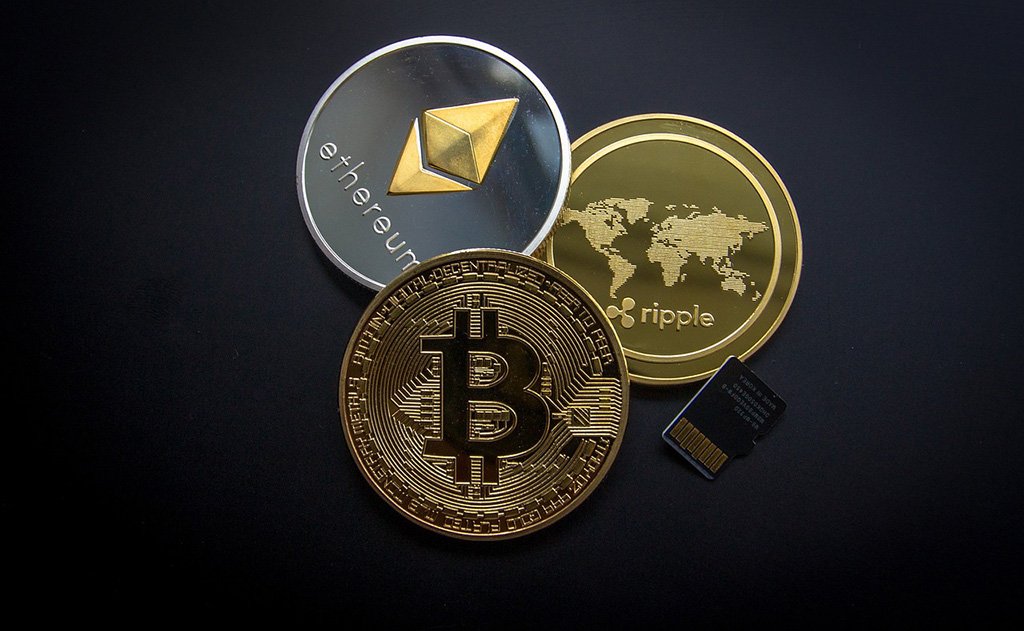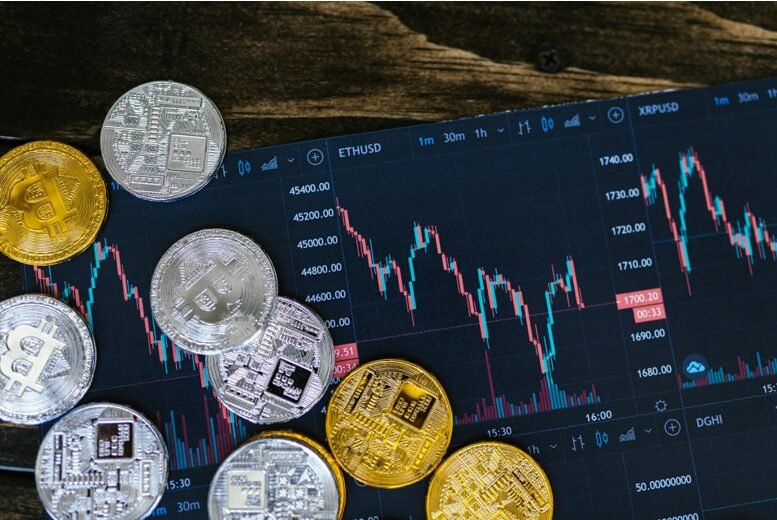In recent years, cryptocurrency has grown at a rapid pace. The rise in digital assets, blockchain technology and decentralized finance (DeFi) have changed usual financial systems. Figures show that the worldwide crypto market is expected to hit more than $45.3 billion in 2025. As the industry grows, understanding tokenomics and its role in decentralized decision-making becomes essential for anyone involved in or curious about this space.
A critical element that continues to drive this growth is blockchain innovation, offering new possibilities for financial inclusion and transparency. As more individuals and businesses explore these advancements, mastering tokenomics will be key to navigating the future of the decentralized economy.

What Is Tokenomics?
Tokenomics studies economic rules that guide digital currencies. It highlights the spread of tokens, their functioning in networks and the reasons participants are motivated to use the system. This field integrates aspects of economics with the technological advancements brought about by blockchain innovation. By using decentralized networks, tokenomics sets up clear and efficient systems for managing digital assets.
In general, tokenomics tackles several critical inquiries: What method is used for distributing tokens? What motivates users to keep or trade their tokens? How are decisions made in networks that lack central control? Understanding how cryptocurrencies and blockchain projects work on a large scale is very important in answering these questions.
The Role of Blockchain Innovation in Tokenomics
Blockchain advancements are the base for tokenomics. Blockchain tech helps in forming decentralized networks that have security and transparency and do not get compromised easily. Without blockchain, the tokenomics we understand today would not exist.
Decentralization, particularly sets apart cryptocurrencies from traditional financial systems. It allows anyone who can access the network to participate in governance, make decisions and get involved with different aspects of the ecosystem.
Blockchain technology in tokenomics is used to ensure a decentralized control of digital assets. Unlike centralized systems where one authority makes decisions, blockchain technology in decentralized networks allows power distribution to be more democratic. Tokenomics uses this technological success to offer new ways participants can stake their tokens, vote on matters and determine the project’s trajectory they belong to.
Decentralized Decision-Making
A crucial element of tokenomics is decentralized decision-making. In traditional finance systems, monetary policies, rules and financial transactions are under the control of central bodies like banks or government authorities. But within decentralized networks, decisions come from a group of stakeholders rather than just one person. This approach of governance, which is centered around the community, ensures that power is distributed among those who are committed to achieving success for their project.
Using tokens of governance allows for making decisions in a decentralized manner. Such types of tokens let people who have them engage in the process of decision-making, such as casting votes on alterations to protocol, enhancements on networks or some other key choices. The larger amount of these kinds of tokens an individual owns, the greater their impact is.
But, this can cause possible dangers of centralization. If a little group owns most of the tokens, they can steer decision-making and risk the decentralization nature of the project. To solve this issue, several crypto projects utilize methods such as quadratic voting or token-weighted voting that aid in avoiding centralization and confirm that every perspective is acknowledged.
Incentivizing Participation
In a decentralized network, participants need motivation to aid in the network’s development and upkeep. Tokenomics offers these incentives by compensating users engaged in staking, providing liquidity, or other beneficial actions within the ecosystem.
Staking is a common practice to encourage user participation. When participants lock tokens in the network, they help secure the blockchain, validate transactions and keep its integrity. They receive additional tokens as a reward for this contribution. This creates ongoing motivation to stay involved with the network.
Similarly, those who provide liquidity to decentralized exchanges (DEXs) can earn transaction fees. These reasons make sure that people are motivated to keep participating and sustain the network’s health. Without these incentives, it would be hard for people to find the motivation to engage with decentralized governance or maintain the system’s reliability.
Aligning Economic Incentives with Project Goals
For a decentralized network to thrive, its tokenomics framework must be in harmony with the project’s long-term objectives. Tokenomics should be thoughtfully designed to guarantee that economic incentives promote actions that contribute to the project’s success. For example, a project aiming to encourage early adoption could incentivize users with tokens to take part in its launch. On the other hand, a project focusing on network security and stability could encourage participants by giving rewards for staking their tokens. This can help in verifying the network process.
Tokenomics helps to match the interests with the main goals, making sure that members act in favor of the network. This matching reduces the chance of abuse or inappropriate use within the community. If incentives are more detailed and clearly explained, there is a higher probability that people will continue their involvement with the project importantly.
Sustainable Tokenomics for Long-Term Success
Tokenomics is very important for keeping a decentralized project sustainable. A good tokenomics design can help control inflation, monitor the token supply and handle the whole economy of the network. For example, some projects have only a small number of tokens which creates scarcity and improves chances for value increase over time. Some might utilize inflationary models, where new tokens are regularly created to support development and incentivize participants.
The choice of a deflationary or an inflationary model is dependent on the project’s goals for the years to come. A deflationary tactic could highlight preserving the value of tokens over time, while an inflationary method may aim at promoting growth and maturation in its early stages. There needs to be an equilibrium between these elements so that the project can remain sustainable and relevant in the evolving crypto context.
Challenges in Tokenomics and Decentralized Governance
Even with its potential, decentralized decision-making and tokenomics present considerable difficulties. The governance might cause conflicts because different stakeholders possibly have unique thoughts about the project’s direction. Those who hold tokens could disagree on subjects such as how to distribute these tokens, alterations to protocol or overall goals of the project. Conflicts regarding these subjects can result in forks or divisions within the community, potentially undermining the network’s value.
Another challenge is the changing prices of tokens. Participants often get tokens as a reward, so their fluctuating worth can make it difficult for them to predict what they might earn in the end. This uncertain nature could discourage ongoing participation and hinder the growth of the network.
The Mt. Gox Story: A Cautionary Tale in Crypto Governance
One of the most infamous events in crypto history is the collapse of Mt. Gox, a Bitcoin exchange that once handled over 70% of all BTC transactions. Originally a trading platform for Magic: The Gathering cards, it was repurposed as a cryptocurrency exchange in 2010. However, due to security vulnerabilities and poor internal governance, Mt. Gox lost approximately 850,000 BTC in 2014—an event that shook confidence in centralized exchanges and highlighted the risks of poor tokenomics planning.
The Mt. Gox disaster underscored the importance of decentralized decision-making and robust security measures in the crypto space. Many modern projects now emphasize transparent governance models and self-custody solutions to avoid similar failures. It also fueled the rise of decentralized exchanges (DEXs), where users retain control over their assets instead of relying on centralized entities.

Conclusion
Tokenomics is very important for the management and progress of decentralized projects. It links financial incentives with network goals, letting participants take part in the decision-making process. By using developments in blockchain technology and decentralized governance, tokenomics creates clear and safe systems to manage digital assets. As the cryptocurrency industry develops, it will be necessary to understand the intricacies of tokenomics for anyone who wants to get involved in or invest in initiatives related to blockchain.

